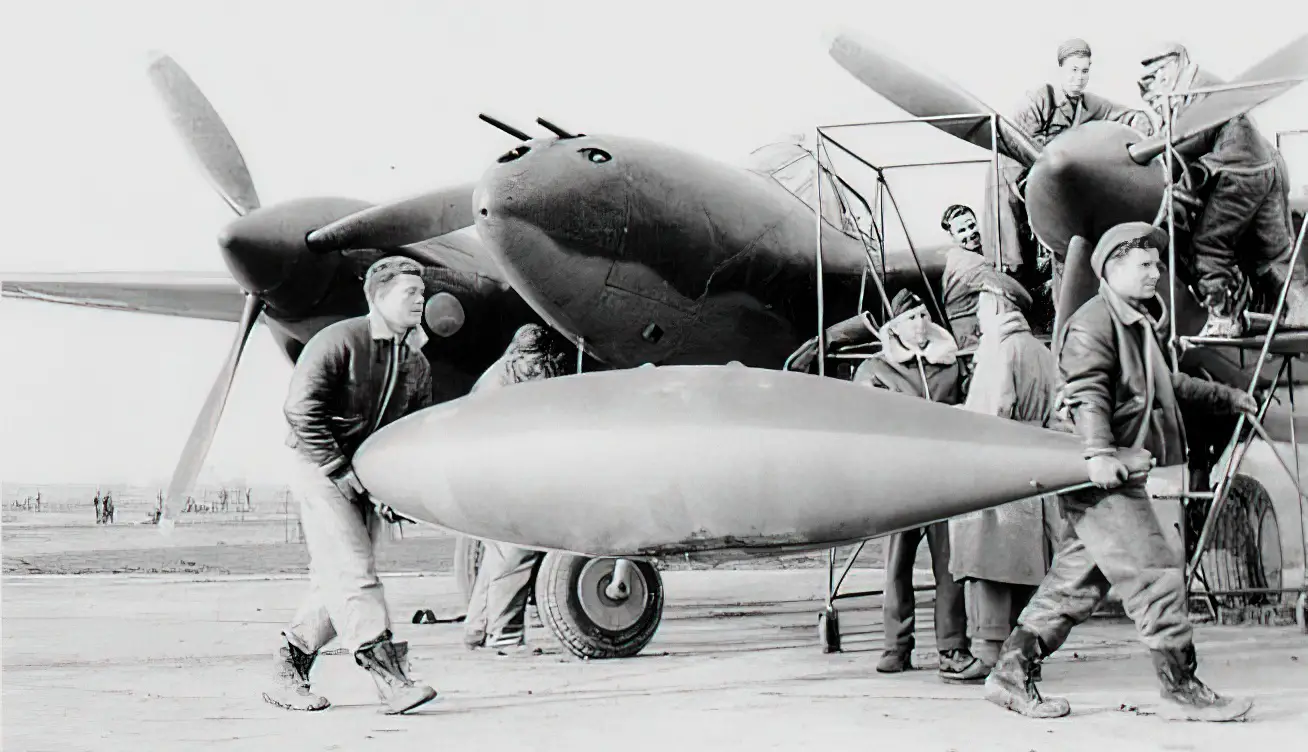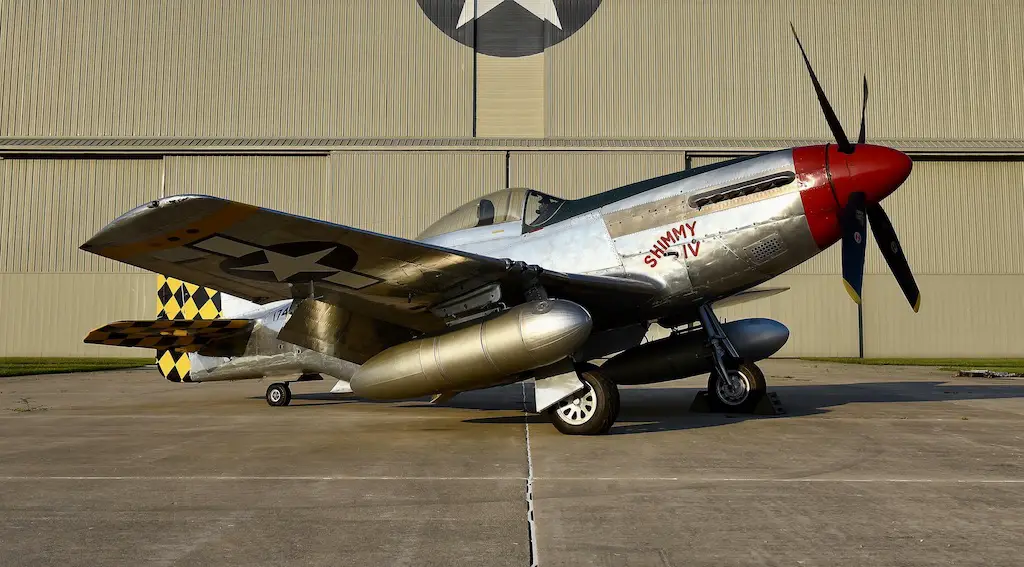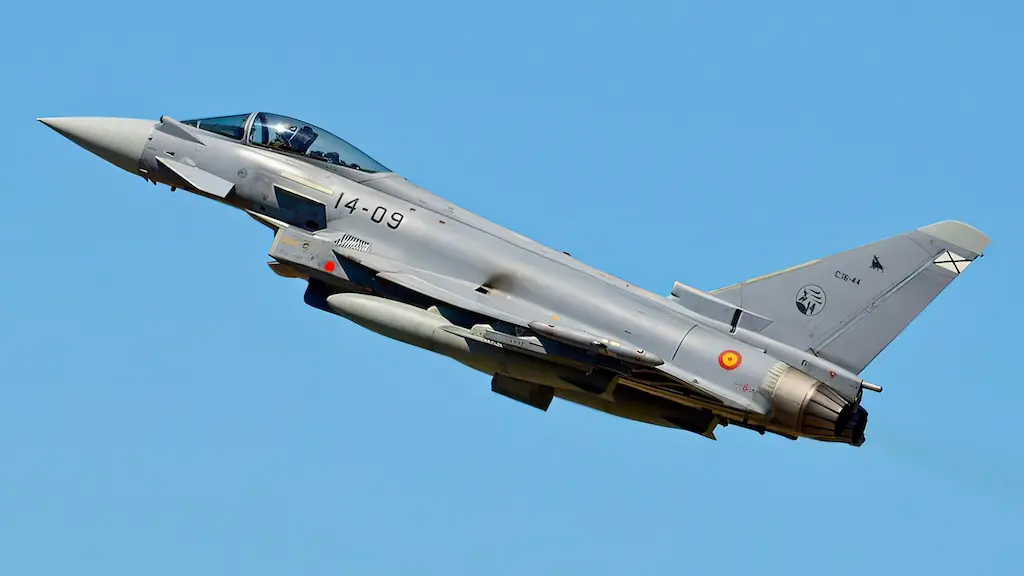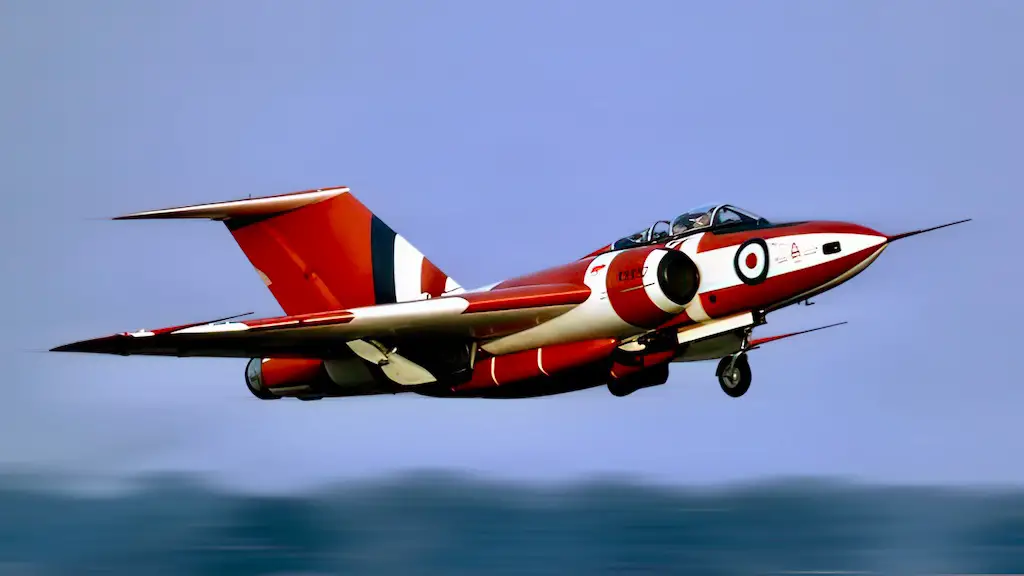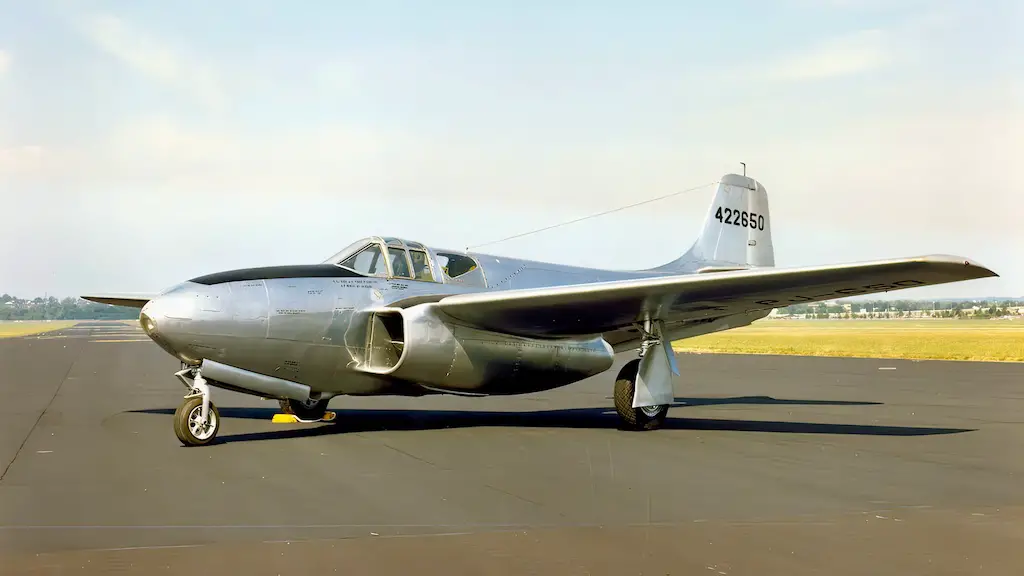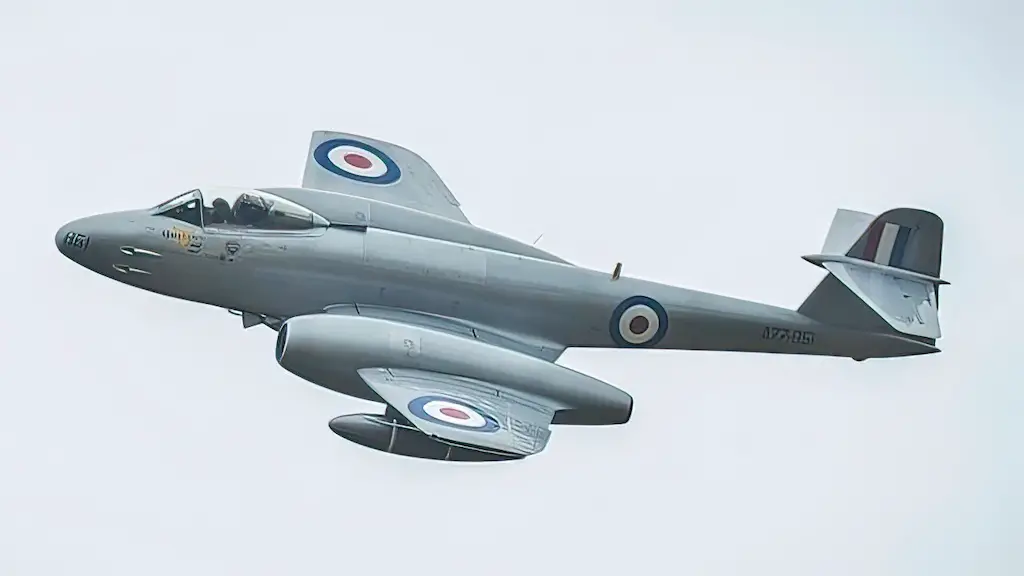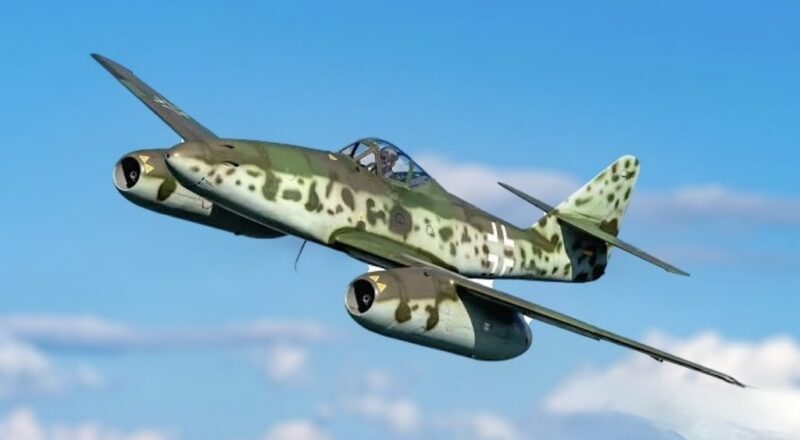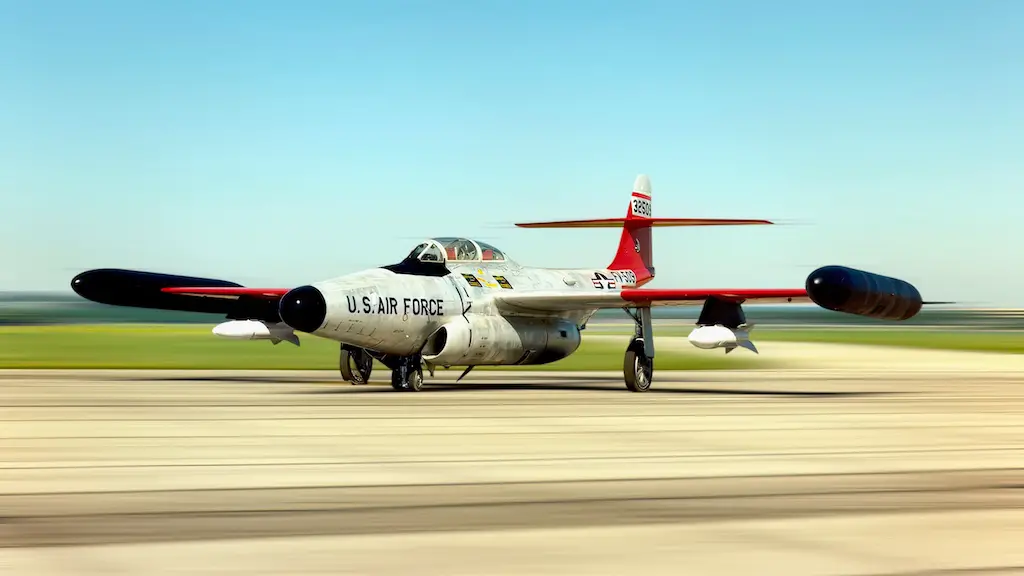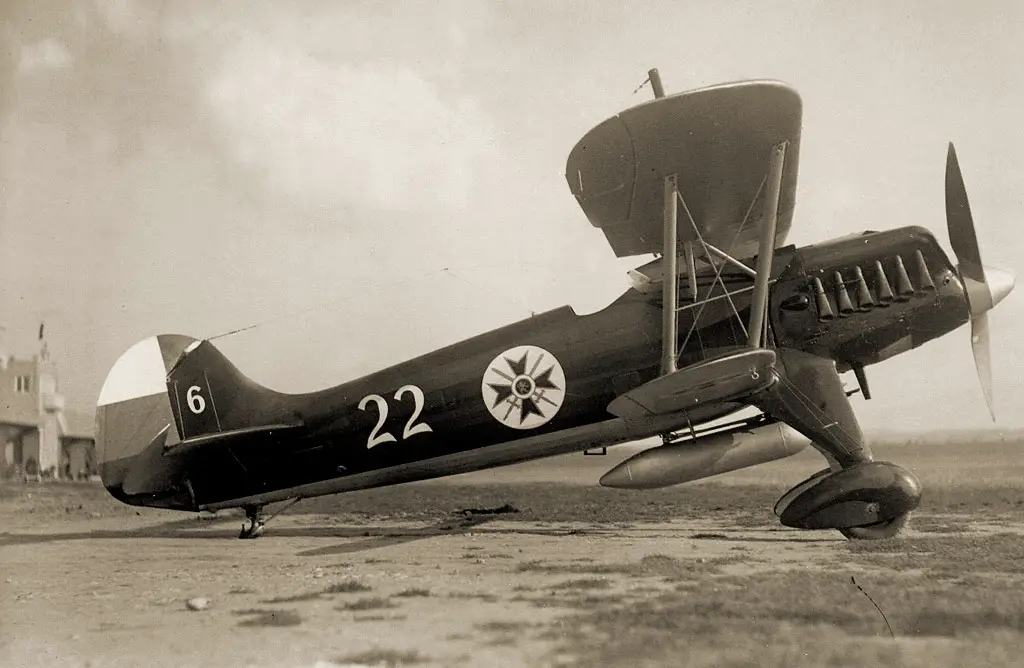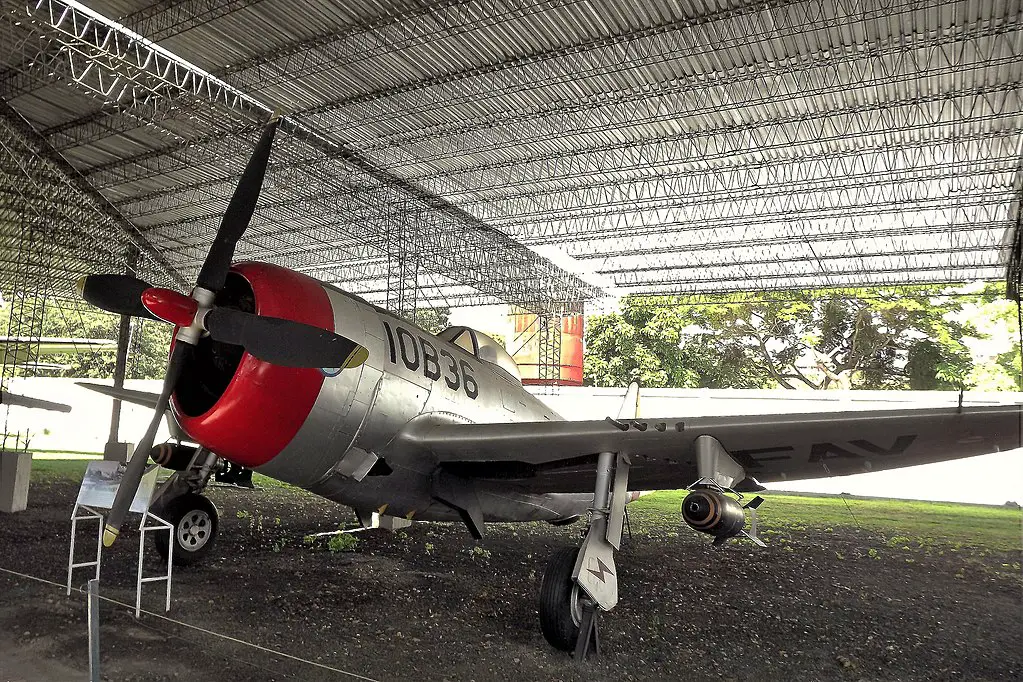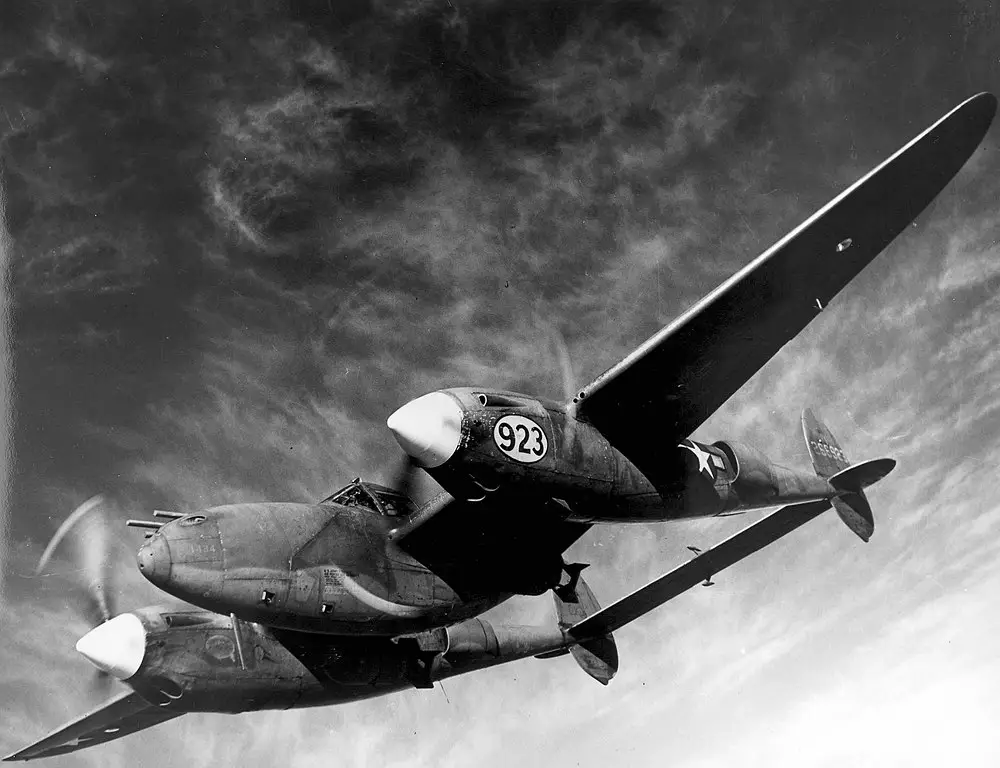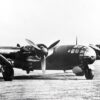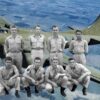Operational range
Drop tanks are external tanks carried by aircraft to extend their operational range. This simple device gained use in military aviation in 1930s. German Luftwaffe pioneered their use on Heinkel He 51B-1 during the Spanish Civil War. USAAF initially limited their use to ferrying aircraft, but then also discovered the advantages of their combat deployment.
For example, to provide long-range bombers with fighter escorts that could accompany them all the way to a target deep in enemy territory and back. Throughout the WWII drop tanks, aka belly tanks were used by all major participants in the conflict. Today drop tanks are also employed by air forces all over the globe.
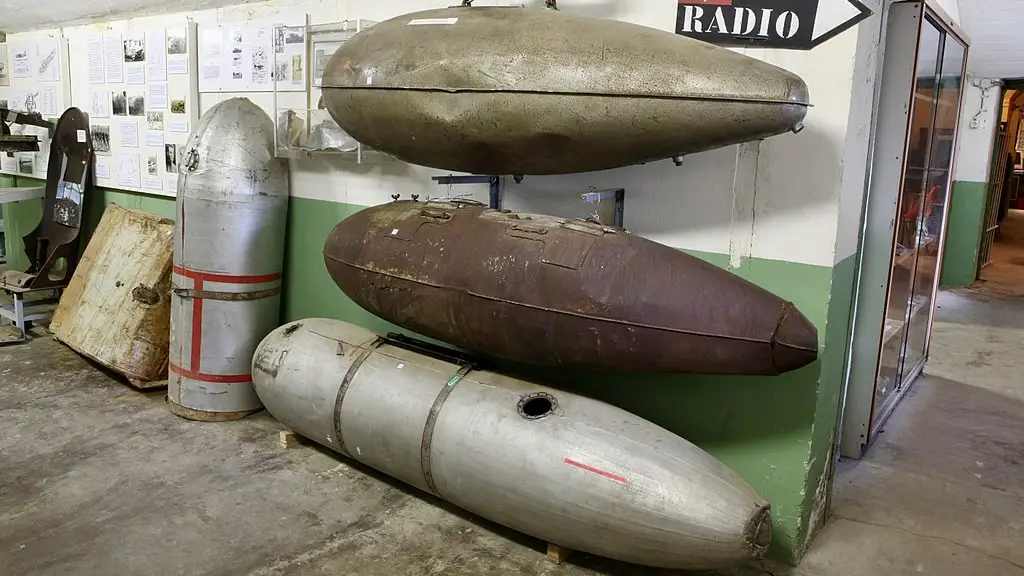
Paper tanks
A regular drop tank is essentially just a light canister made from aluminum or thin steel plate. During the WWII, amid shortage of metal, they were also made of plywood and even pressed paper. The latter were also known as “papier-mâché drop tanks.” The fuel inside is not easily flammable and is not likely to explode either.
However, the fumes in an empty tank are very combustible and may turn the whole aircraft into a fireball if hit by a shell. That’s why the pilots would often jettison the drop tanks (hence the name) before going into combat. And this is where a very tempting idea comes to mind: if a pilot is to drop a rather hazardous object over the enemy territory anyway, then why not use it as a weapon?
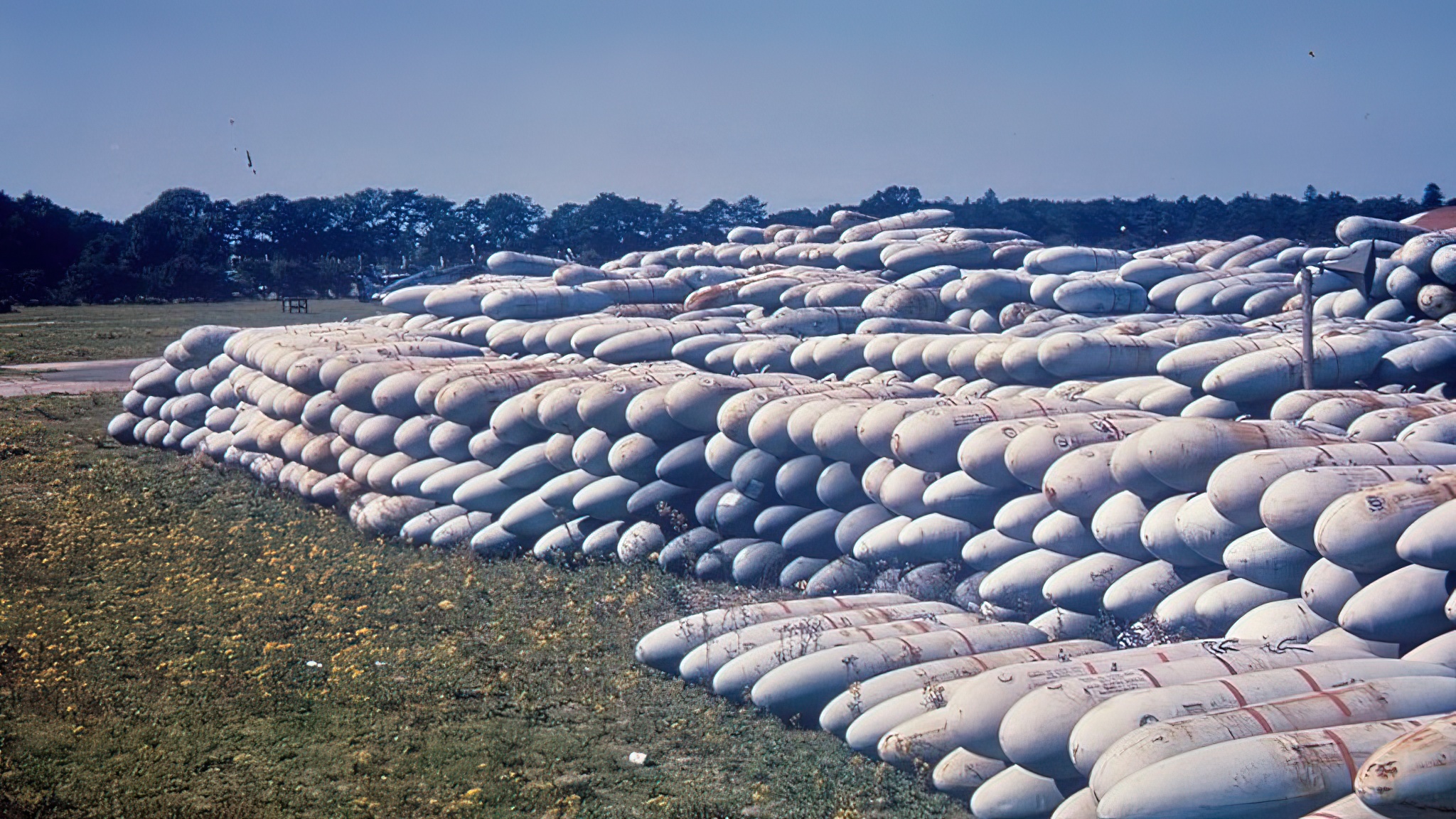
Thunderbolt marksmen
Probably the most fascinating and intricate use of drop tanks was practiced by resourceful USAAF pilots flying Republic P-47 Thunderbolt fighter aircraft on ground attack missions. They would drop their belly tanks over an enemy formation, quickly swoop back around and hit the falling tanks with a long burst to put them on fire.
The drop tanks thus played the role of incendiary munitions, setting the enemy positions ablaze. That’s quite a smart way of making use of drop tanks in combat, but it requires a lot of skill and luck, too. That is why such application of drop tanks never became a common tactic.
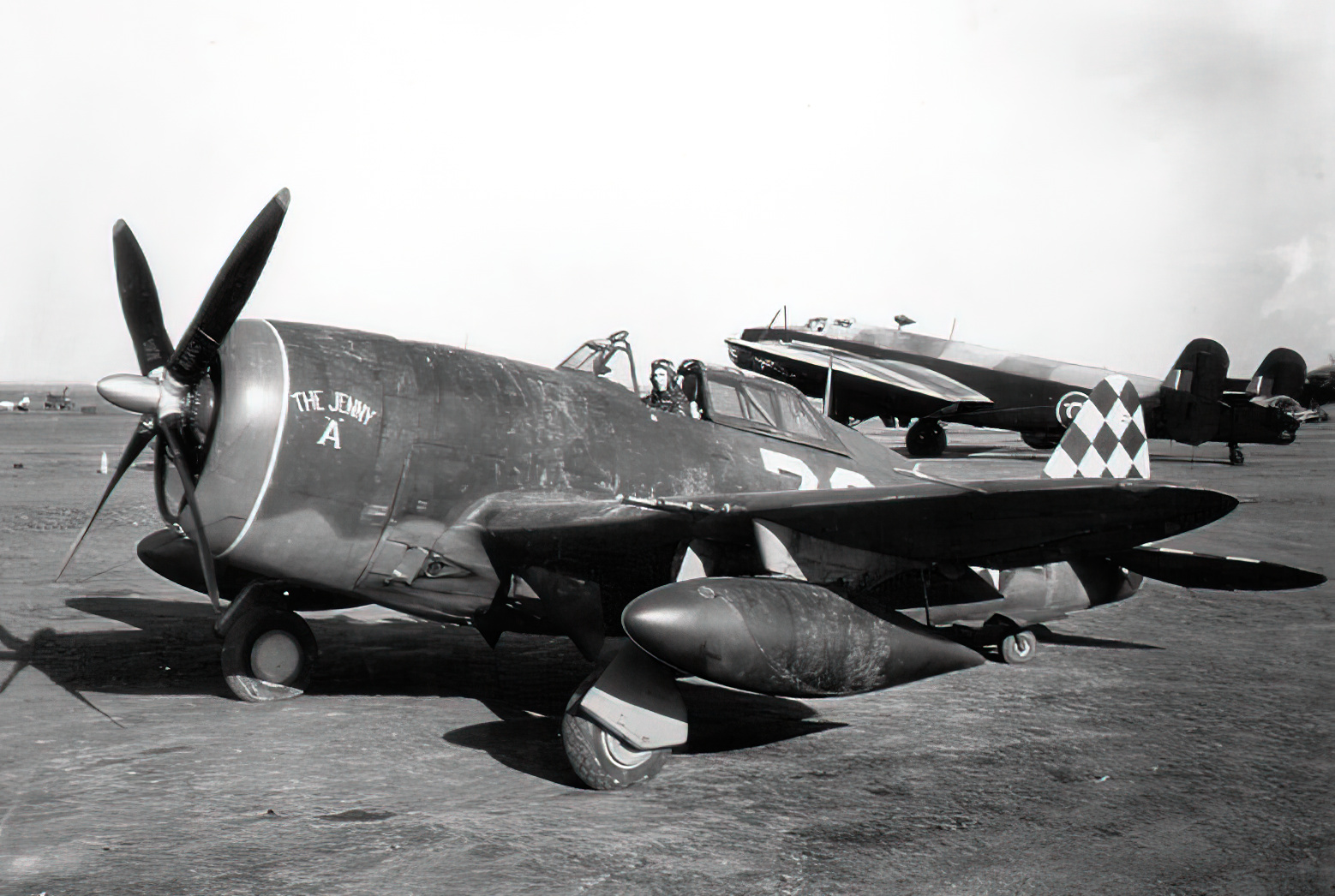
First napalm bombs
The closing stages of WWII also saw another way of employing drop tanks in combat that proved to be more promising. To turn drop tanks into a deadly weapon they were filled with napalm. For example, Lockheed P-38 Lightings dropped 165 gal tanks on Japanese troops in the Philippines in 1945.
Thunderbolts waged that deadly weapon as well. Drop tanks filled with a mixture of aviation petrol and napalm, as well as specially manufactured napalm bombs, later became a characteristic and somewhat notorious element of warfare in Korea and Vietnam.
